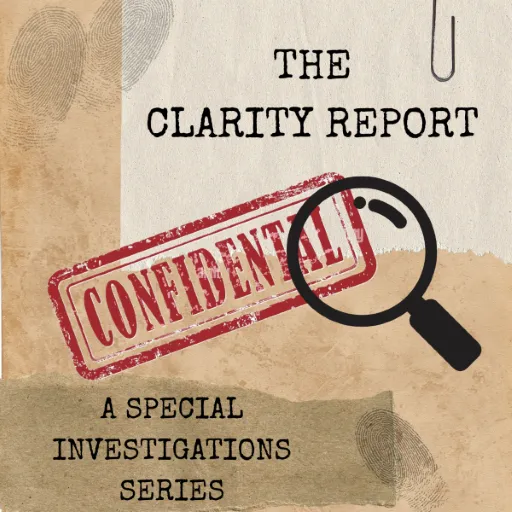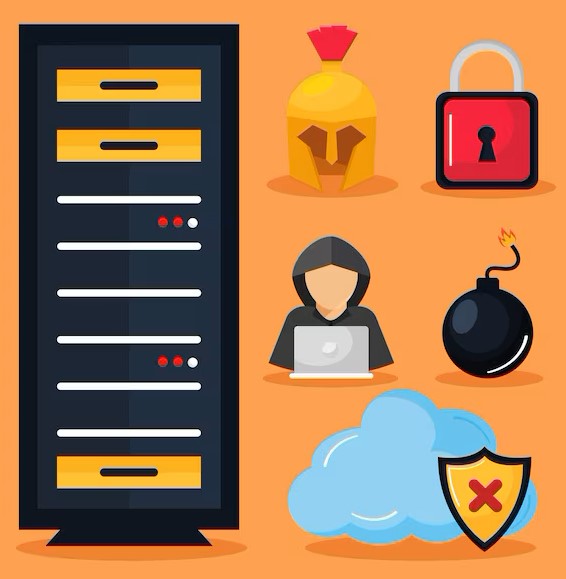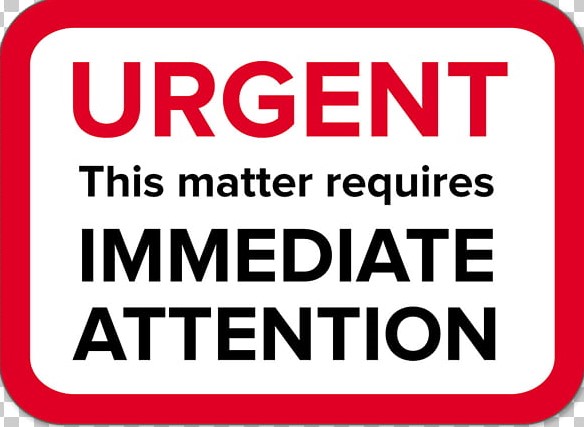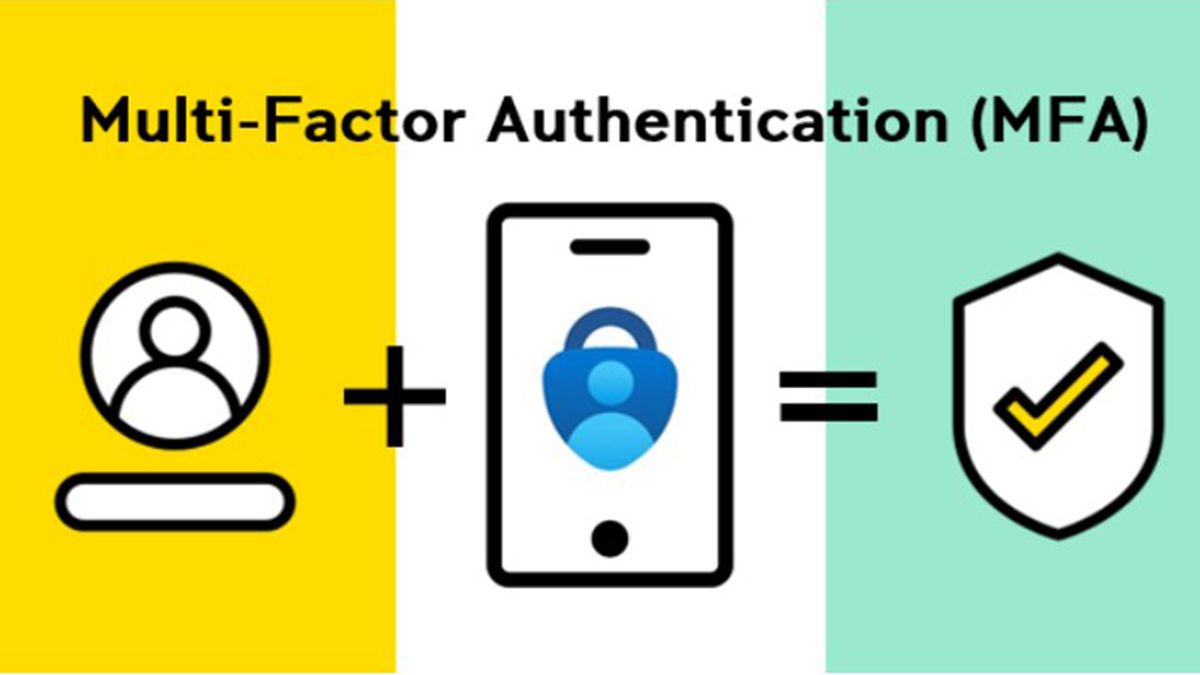
Secure your inbox: Tips to detect fraudulent emails.

How to Protect Your Business from Email Phishing Scams
Email phishing attacks are one of the biggest cybersecurity threats for small business owners. Scammers disguise emails to look legitimate, tricking recipients into clicking harmful links or sharing sensitive information. Here’s how to spot and avoid phishing scams before they harm your business.
1. Verify the Sender Before Clicking

Phishing emails often mimic trusted companies but use slightly altered email addresses. Always double-check the sender's details before clicking any links.
💡 Quick Tip: If an email seems suspicious, contact the company directly using their official website—never respond to the questionable email.

2. Beware of Urgent or Threatening Language
Scammers use pressure tactics like: 🚨 "Your account will be suspended!" 🚨"Immediate action required!" If an email demands quick action or threatens consequences, pause and investigate before responding.

3. Don't Click Suspicious Links or Attachments
Malicious links and attachments can install malware or steal login credentials. Hover over links to preview the actual destination before clicking.
💡 Quick Tip: If a link looks odd or doesn’t match the company’s official site, delete the email or report it as spam.

4. Enable Multi-Factor Authentication (MFA)
Even if scammers get your password, MFA adds an extra security layer by requiring a secondary login step. This can prevent unauthorized access to your accounts.
5. Train Your Team on Cybersecurity Best Practices
Phishing attacks target individuals, so training employees to recognize scams helps safeguard your business.
💡 Quick Tip: Run regular cybersecurity awareness sessions and encourage employees to report suspicious emails immediately.

🔐 Final Thoughts: Cyber threats evolve, but these simple precautions can keep your business safe. Stay proactive—protect your accounts, verify emails, and avoid falling for phishing scams.
